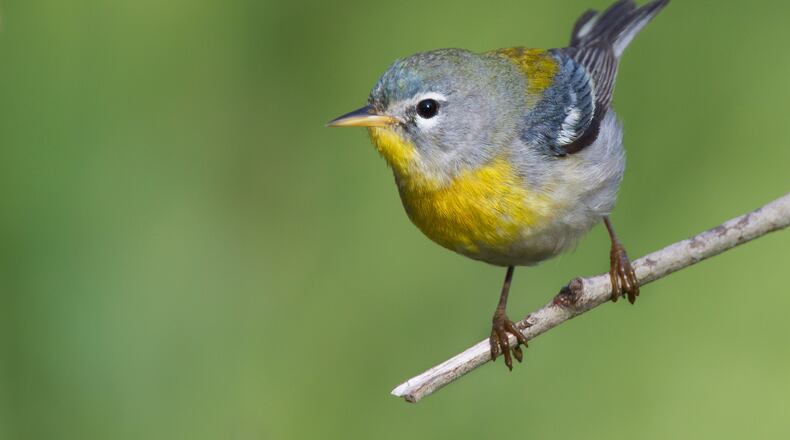It’s March, the month of the vernal equinox, the first day of spring. For us bird lovers, March has another special significance — the beginning of spring migration. Between now and early May, billions of birds will be returning to their breeding grounds to reproduce and raise new generations.
Most of these mass movements will happen with predictable timing, becoming more intense each week until migration peaks in May.
In Georgia during this time, there will be comings and goings. Coming in will be the neo-tropical songbirds — warblers, tanagers, buntings and the like — that spent the winter in the southern tropics and are returning to North America to breed. Going out will be the “winter birds” — cedar waxwings, kinglets, yellow bellied sapsuckers, several species of ducks and sparrows and others — that ventured no further south than Georgia for the cold season and are heading back north to nest.
The departing travelers also may include many robins, cardinals and blackbirds from up north, which flew to Georgia during the fall and joined year-round residents for the winter.
Actually, the first signs of spring migration came in late February, when high-flying flocks of sandhill cranes began leaving winter homes in Florida and Georgia and heading back to breeding grounds in Canada. At the same time, purple martins began arriving from South America.
This month, early arriving spring migrants will include tree swallows, blue-gray gnatcatchers, Northern parulas, Louisiana water thrushes, yellow-throated warblers and others. By month’s end, everybody’s favorite, the ruby-throated hummingbird, will be here. Whip-poor-wills will start calling across North Georgia.
The great northward waves of neo-tropical birds will come in April and May, filling Georgia’s fields and woods with bright color, song and activity. For tips on where to see the migrants, visit the Atlanta Audubon Society at www.atlantaaudubon.org. A good guide is the book “Birding Georgia” by Giff Beaton.
IN THE SKY: From David Dundee, Tellus Science Museum astronomer: The moon will be new on Wednesday. Venus rises in the east about an hour before sunrise. Mars is low in the southwest at dusk. Jupiter and Saturn are low in the east just before dawn.
About the Author
Keep Reading
The Latest
Featured



